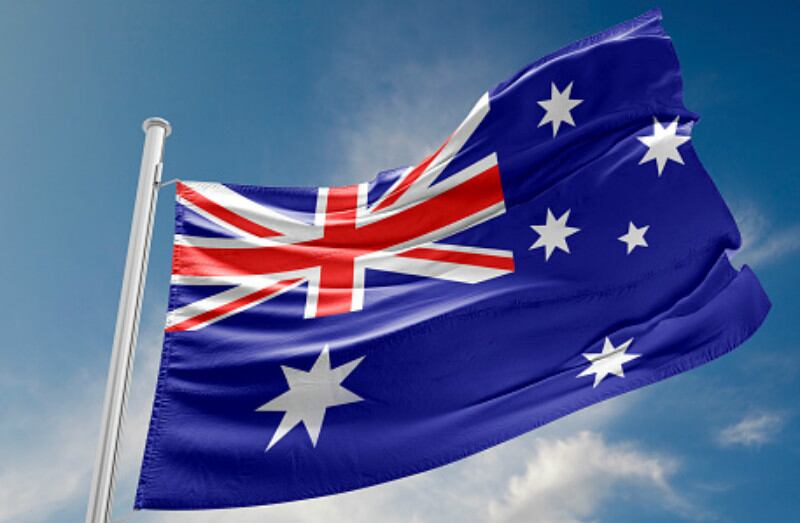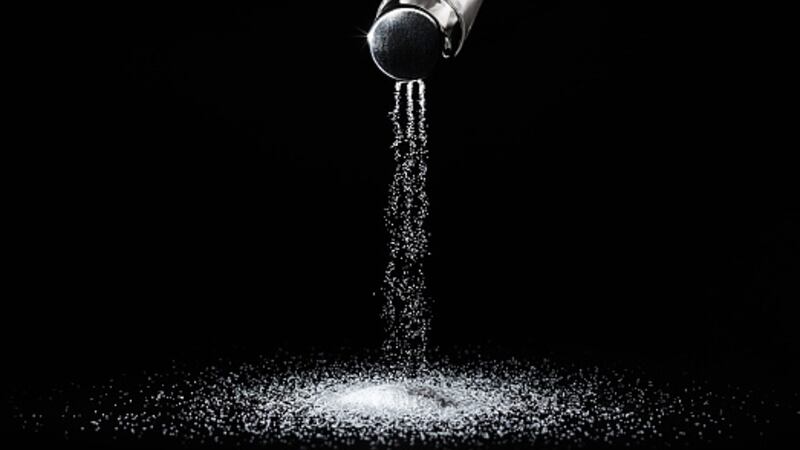Although Australia looks to be well on the road to recovery from the impact of the COVID-19 pandemic, 2021 is set up to be a tough year for food and beverage brands as well as retailers moving forward to achieve growth.
“It’s really very much because last year was such a good year for F&B and groceries,” IRI Chief Commercial Officer (APAC) Alistair Leathwood told FoodNavigator-Asia.
“I think overall these went up some 10% to 15% last year as people couldn’t go out and eat, drink or celebrate and had to do all these things at home so it was inevitable – but I very much doubt that the government or the people will allow this to be possible this year.
“This is good for the society and economy, but in a modern capitalist society such as ours, companies are always expected to do better this year than last year – and it’s going to be a tough year ahead especially when it comes to achieving growth.
“I do still feel things will be healthy when it comes to profits and revenues – but growth is going to be very hard to find.”
Leathwood cited the examples of Australia’s two biggest supermarket retailers Woolworths and Coles, which had reported ’30 quarters of uninterrupted growth’ prior to the pandemic – but both have said that growth is not expected for this year.
Under these circumstances, he advised local F&B businesses to focus on a three-pronged strategy comprising sustainability and healthy products, affordability and cost, and understanding the best niche for themselves.
1) Sustainable and healthy
Although sustainability took something of a backseat in Australians’ priority lists when COVID-19 hit, Leathwood told us that this is likely to make a comeback this year, hence needs to be top-of-mind for brands.
“Everyone went into survival mode when COVID-19 hit, but now things are getting better, Australians are putting issues such as climate change, the bushfires last year and COVID-19 together and thinking ‘the world, and our country is really pretty fragile,’” he said.
“So now everyone wants to do something about it again like going cleaner, greener, and looking to recycled and recyclable materials – the supermarkets are mostly already on it by increasing recycled packaging or using less packaging, making sure to reduce plastic use.
“The other very big thing here in Australia is of course the increase in plant-based foods to replace milk and meat – so things like plant-based ice cream and burger patties have exploded here. Where two years ago maybe there was just one product, now there’s an entire bay.”
As for health and food safety concerns when it comes to packaging without plastic, Leathwood said that this was ‘not a big concern’ in Australia.
“It’s interesting to see in places like South East Asia that food safety and hygiene are a concern without plastic usage, but this is not a big worry here in Australia – maybe it’s because we haven’t had such huge food safety scares for a long time, but going without packaging is pretty normal for us,” he said.
“If thinking of nuts for example, we have these big hoppers of nuts in the supermarket where consumers can just go in and fill up their own containers – I guess you could say there’s always a possibility of people touching these, but we just trust people not to do this.”
2) Affordability and cost
The other main area for food brands and retailers to focus on is product affordability, particularly as some consumers have taken a hit to their finances.
“Some people have been really affected, e.g. losing their jobs, living on subsidies, etc., especially those in the hospitality and tourism industries,” said Leathwood.
“These consumers will be looking for more bulk buys and cheaper options – such as private label products. In Australia, private label already makes up some 20% to 22% of all bought products, where these are obviously Coles or Woolworths-owned, for example – but others are ‘phantom brands’ where they have nice branding and nice names but are still owned by the supermarkets.
“The affordability of these products is what is really appealing to consumers, and there is assurance of quality associated with the supermarket name, so their popularity is gaining – already the Coles Chief Executive [Steven Cain] has said that he wants their private label percentage to hit 40% in time.”
In this regard, brands that are able to make products at price points which are comparable with private label, and have comparable quality too, will stand a better chance of obtaining consumer appeal than brands with a higher price point.
3) Understand your niche
On the other hand though, Leathwood also stressed that it is not all about being cheap, but more that brands need to understand what role they want to play in consumers’ lives.
“Making products cheaper and just pushing promotions is not what it is all about – it’s more important to match consumer price points and to do this, you need to understand your niche,” he said.
“So you have to consider whether you want to be a brand that makes consumers’ lives better at home with a premium, luxury experience, or the brand that gives them an affordable option they can turn to when strapped for money.
“This is important because in Australia there is also a significant group of consumers, I would say some 20% to 30%, who have ended up being better off after the pandemic due to savings on commuting, not going on holiday, or interest rates on loans and mortgages dropping.
“Say this person is from a rich family that goes to ski in Japan or dive in Maldives yearly but doesn’t get to dot that this year – these people will buy more premium, exotic, luxury products for sure, and even those in less extreme circumstances but have made a bit of money may want to treat themselves.”
Locally made + e-commerce
Overall, a combination of the three factors above is what brands and retailers need to focus on if hoping to achieve growth this year, and Leathwood added that adding elements of localisation will actually help to enhance this further.
“Let’s say this craft brewery sells beer and can tell consumers: We sell our great-tasting beers in a pack of six for 20 bucks, we use recyclable material in our cans, and we’re actually located right around the corner – it’s going to be really easy for consumers to make that purchase,” he said.
“The locally made story has seen major growth since the pandemic hit, not only because Australia closed all borders and imports were harder to get in, but also because the country saw local businesses struggling and it became patriotic and a badge of honour to buy local.
“This went beyond just Australian local – as states and territories closed borders too, people started to think about looking after their own state and protecting local jobs, so supermarkets in particular were really good about highlighting what was local and located close by.”
The other area that saw a positive impact from COVID-19 was e-commerce, as prior to this, Leathwood said that e-commerce in Australia had been ‘pretty underdeveloped’.
“When everyone had to turn to online shopping, that was when the retailers, especially Coles and Woolworths, started to really invest to improve their systems and get it right,” he said.
“The main frustration has always been like ordering 10 items but only getting nine, and potentially not being able to cook the planned dish, but now it’s gotten better in terms of reliability.
“Another area that’s seen improvement is in the speed of operations – we’re seeing turnaround quick times for self pick-up, say with Coles Click&Collect consumers can plan a recipe and place an order at 4pm, then drive by to pick it up by 5.30pm – though this can be further improved for delivery.
“One thing they’re probably going to have to bite th bullet and change at some point though is in the free delivery minimum thresholds – during the pandemic people would be fine baying five or ten bucks to avoid leaving the house, but when they don’t have to stay cooped up at home, they’re not going to pay that and will just go get it themselves.”
So coming back to Leathwood’s craft beer example, he concluded that the combination of all three main factors plus a local backstory and an e-commerce strategy is the recipe for growth.
“Telling consumers about your great-tasting beers in a pack of six for 20 bucks, use of recyclable material, being located right around the corner will all make for a really good story already,” he said.
“If you can build some sort of D2C platform for your product – perhaps charge a little bit more for delivery if needed – and suddenly you’ll have an e-commerce story as well.”





